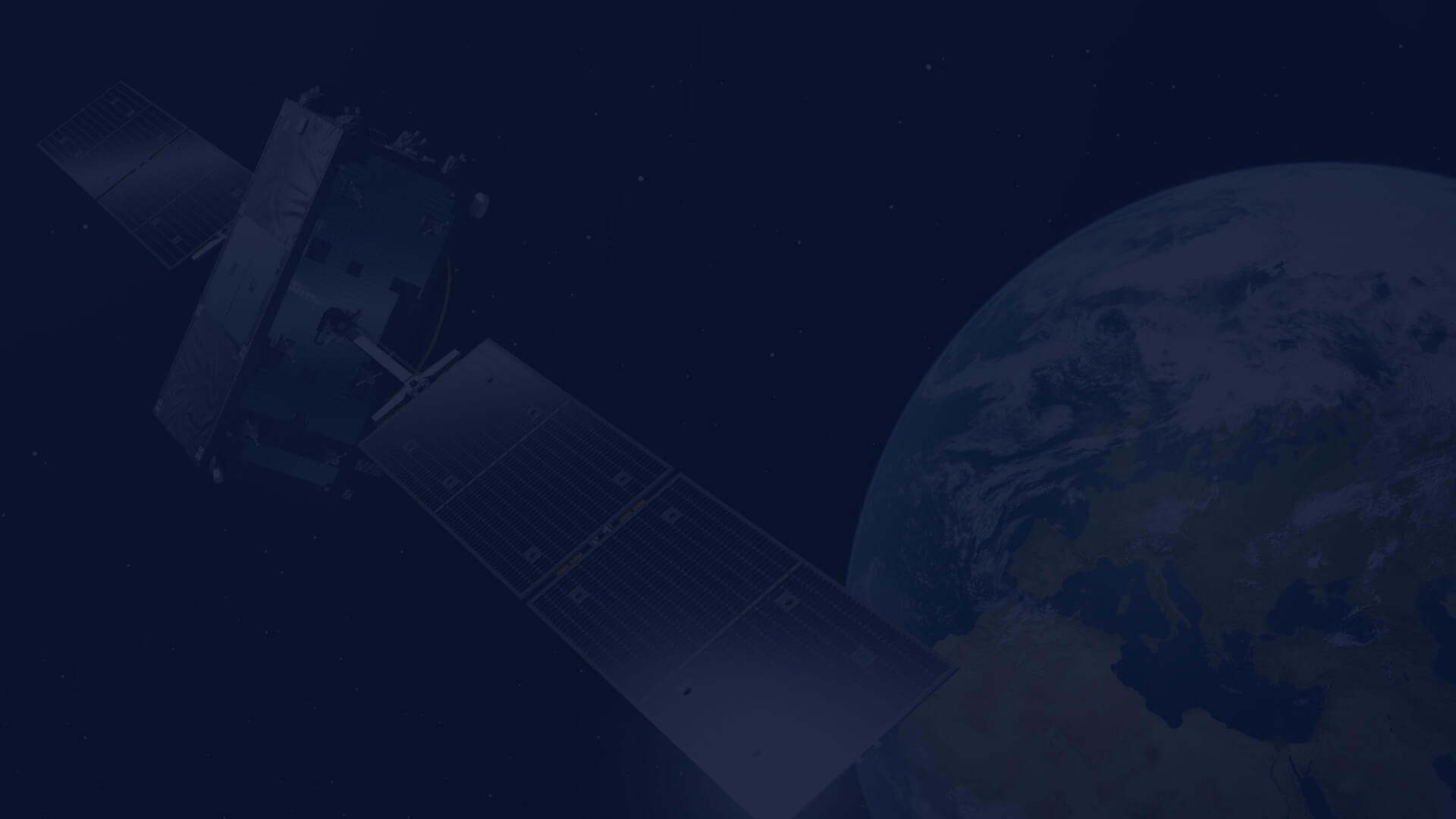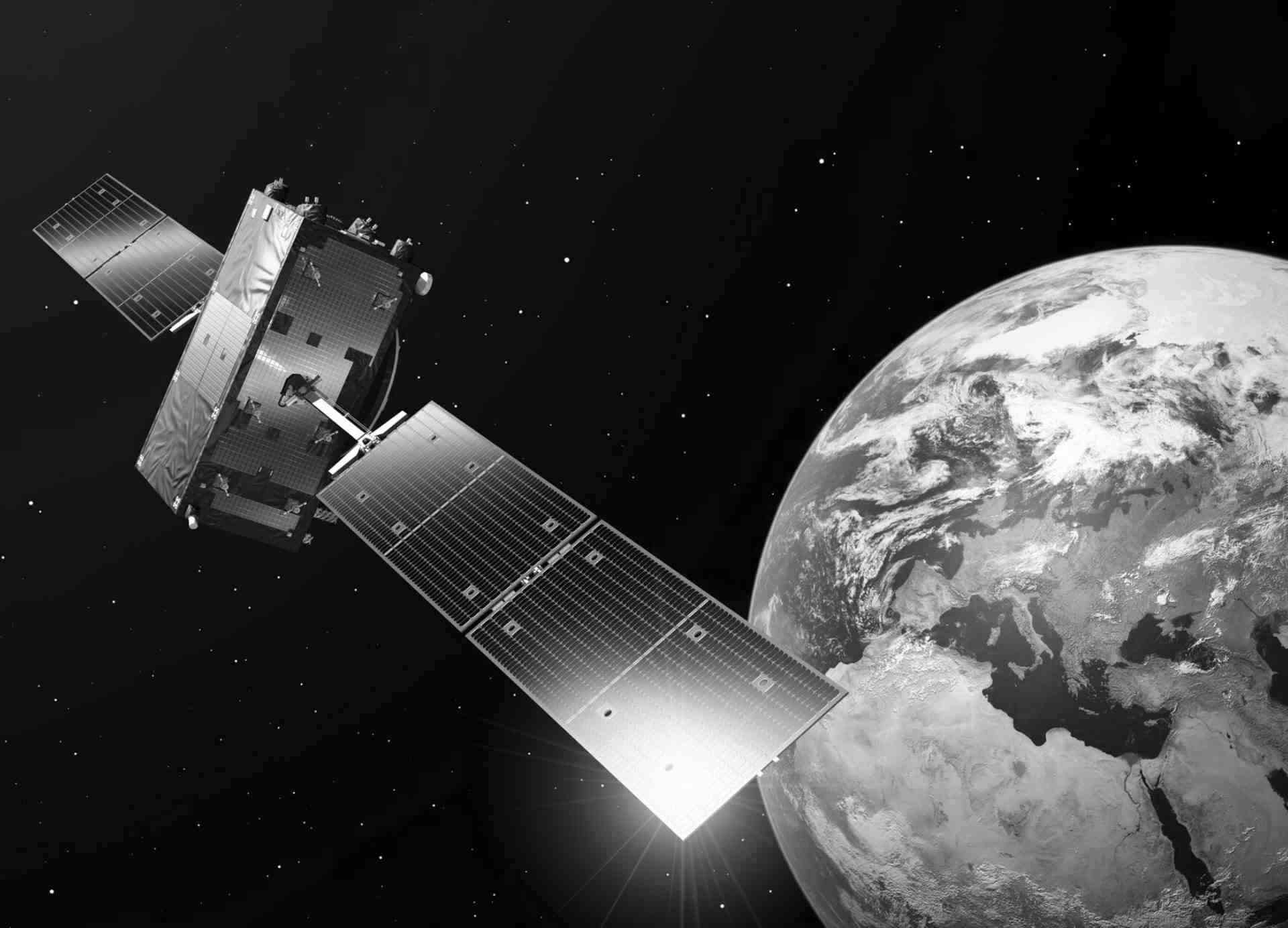
Landsat-8
Landsat-8 was launched on 11 February 2013 from Vandenberg Air Force Base, California on an Atlas-V rocket. The satellite is part of the long-running Landsat programme led by USGS and NASA and carries the Operational Land Imager (OLI) and the Thermal Infrared Sensor (TIRS). The Operational Land Imager (OLI), on board Landsat-8 measures in the VIS, NIR and SWIR portions of the spectrum. Its images have 15 m panchromatic and 30 m multi-spectral spatial resolutions along a 185 km wide swath, covering wide areas of the Earth’s landscape while providing sufficient resolution to distinguish features like urban centres, farms, forests and other land uses. The entire Earth falls within view once every 16 days due to Landsat-8’s near-polar orbit. The Thermal Infra-Red Sensor instrument, on board Landsat-8, is a thermal imager operating in pushbroom mode with two Infra-Red channels: 10.8 µm and 12 µm with 100 m spatial resolution.
Please note that the Landsat-8 data will be available only through S3 protocol and only to registered users with active Cloud Services or Remote S3 Access.
The new Landsat data will be added to the EOData Catalogue later, preceded by an additional announcement.
Satellite details:
Landsat-8 consists of three key mission and science objectives:
- Collect and archive medium resolution multispectral image data affording seasonal coverage of the global land mass;
- Ensure that Landsat-8 data are sufficiently consistent with data from the earlier Landsat missions in terms of acquisition geometry, calibration, coverage characteristics, spectral characteristics, output product quality, and data availability;
| Product type | Instrument | Spatial Range | Temporal Range | Type of Access |
|---|---|---|---|---|
| OLI/TIRS_L1GT | OLI, TIRS | World | 2022 – Present | IAD |
| OLI/TIRS_L1TP | OLI, TIRS | World | 2022 – Present | IAD |

